For months, residents in one neighborhood of a small picturesque Pennsylvania town have been keeping their doors and windows locked tight. It wasn’t the threat of burglary or criminal activity they were protecting themselves from though. The threat was the overwhelming stench of death–and I’m not exaggerating either. It drifted downwind on a breezy day. Nothing could stop it from permeating their daily lives. Little could they imagine the horrific conditions from which the smell originated. Not to mention those having settled for LIVING in the deplorable state. That sadly consisted of a massive hoard of more than 60 felines–and not all of them living.
But even more heartbreaking than learning WHERE the smell was coming from, was the fact that this was supposed to be a sanctuary for the animals. Literally.
It was at the Rose Cottage Cat Sanctuary, Inc., a 501(c)3 non-profit organization founded in February 2016 in Pennsylvania.
But this “sanctuary” was run out of the residential home. Until the neighbors around the home couldn’t stand the smell any longer. After multiple complaints were received, the Huntingdon Borough Police and Huntingdon Borough Code Enforcement visited the home over Labor Day weekend.
Many are questioning why it took so long for them to address the situation though. Comments on social media are saying reports within the town had been made for the last year. There was no evidence given of this claim however.
When they did finally discover the cats–and were able to catch their breath again–they called in the Huntingdon County Humane Society.
“The house is unlivable between the urine, feces and flies, maggots and fleas. As soon as you pulled up in front of it, the smell hit you,” said HCHS Board President Sandee Warsing, a long-time veterinary technician. “Those poor cats had been breathing that for months or even years.”
“We had to gear up with masks, gloves and boots and had to take frequent trips back outside to get fresh air as we worked. The house had no running water and there were only a few rooms with electricity,” Warsing said. “There were cats in the basement, first floor, second floor and in the attic. All were malnourished, dehydrated, anemic and had severe respiratory issues. They had chemical burns on their skin from the urine and feces.”
During the rescue effort, they were able to pull 22 cats from the house. And surprisingly only one who’d not survived the walls of the “sanctuary”.
Adding to the gruesome scene, they discovered a moving van parked in front of the home generating it’s own putrid smell.
Inside the van, they found another 38 starving, abused and dying cats. Devastatingly, that included 3 more deceased felines found within the metal coffin.
“The odor coming off the van was noticeable from a block away. The smell of decomposition was overpowering,” said Sandy Hess, HCHS treasurer and a veterinary technician. “When we approached the van, numerous cats were visible on the dashboard and on the front seats. The passenger side window was cracked and several cats reached their paws out to us.”
Knowing that the cats were likely just as terrified as they were, they made a wise decision. The entire van was towed to a nearby garage so the cats could be removed inside an enclosed space.
“When they loaded the van onto the flatbed, we observed large piles of maggots on the pavement under it and they were falling from the crevices of the doors,” Hess said. “When we started removing the cats, feces covered almost all of the interior surfaces of the van and it was soaked in urine. Some of the cats were in crates. The only food was in a bag with maggots all through it and there were no litter boxes or water.”
They are currently still working on ensuring all the cats have been removed from the property. No one can be sure the level of human interaction they’ve had over the years. Or what they’ve experienced in life that led them to living at a sanctuary in the first place. 
Now the rescue efforts truly become difficult. And for the small shelter, they are going to need all the help they can get.
They were able to provide additional updates to their supporters on Facebook who’d been anxiously awaiting news on the animals.
Here is our formal press release on the rescue efforts we have been part of:
We are a very small shelter and will be using all of our staffing resources to care for the animals in our facility. Please be patient with us, as we manage this excessive intake!
Of the surviving animals, nearly half were in critical condition and taken for immediate veterinary care.
A veterinarian deemed euthanization the only humane course of action for 22 of the cats. Two of the rescues died Sunday evening into Monday morning.
One female gave birth to four kittens upon arrival at the shelter.
“Our staff worked overtime through the holiday weekend to help care for these animals. They deserve a great deal of respect from this community,” said Warsing. “This has been an incredible emotional strain for them to see pets in this condition. We will be providing grief counseling for our employees in the near future.”
Neither the ongoing recovery nor raising the expenses for the severely neglected cats are small undertakings. Medical treatment, vaccinations and flea treatments are a given–and costly for dozens of cats. But how many of the animals are not fixed? How many more may be pregnant? What underlying health issues will present themselves over the next weeks? Will they emotionally be able to come back from this trauma?
So while the smell may be dispersing from the neighborhood, what will become of the cats?
Well, there is still an ongoing investigation and charges are pending so not much is known about the owner of the home and organization. News reports mentioned her mental health may have been behind a hoard of this size and magnitude. We certainly hope that she can find the help she needs and focus on supporting felines in another way. 
So until the legal aspects are settled and the cats can be fully vetted and examined, they will remain in the shelter’s care.
“Anyone who wants to support a rescue must make sure they check the organization out thoroughly,” Warsing said. “Check with the veterinarian the rescue works with. If the rescue will not provide that information for you or allow you to view the facility – including the animals’ living quarters – walk away.”
“The daily work of HCHS, including emergency response to situations such as this, is not possible without donations from the public. Financial support is critical at this time and much appreciated.”
At the time this was written, they had raised over $7,400! Simultaneously, truckloads of donations have begun showing up at their facility. So thank you to everyone involved in saving these cats and everyone helping them! We’ll be sure to follow their story and can’t wait to see their transformations. <3
REMEMBER: SPAY/NEUTER, FOSTER, VOLUNTEER, TNR & AS ALWAYS, ADOPT, DON’T SHOP!
Related Story: 9 Days After Woman Passes Away, Her Hoard Of More Than 40 Cats Discovered Alone In Home
Related Story: Almost 300 Cats Removed From Animal Hoard In Iowa; Less Than 100 Still Alive


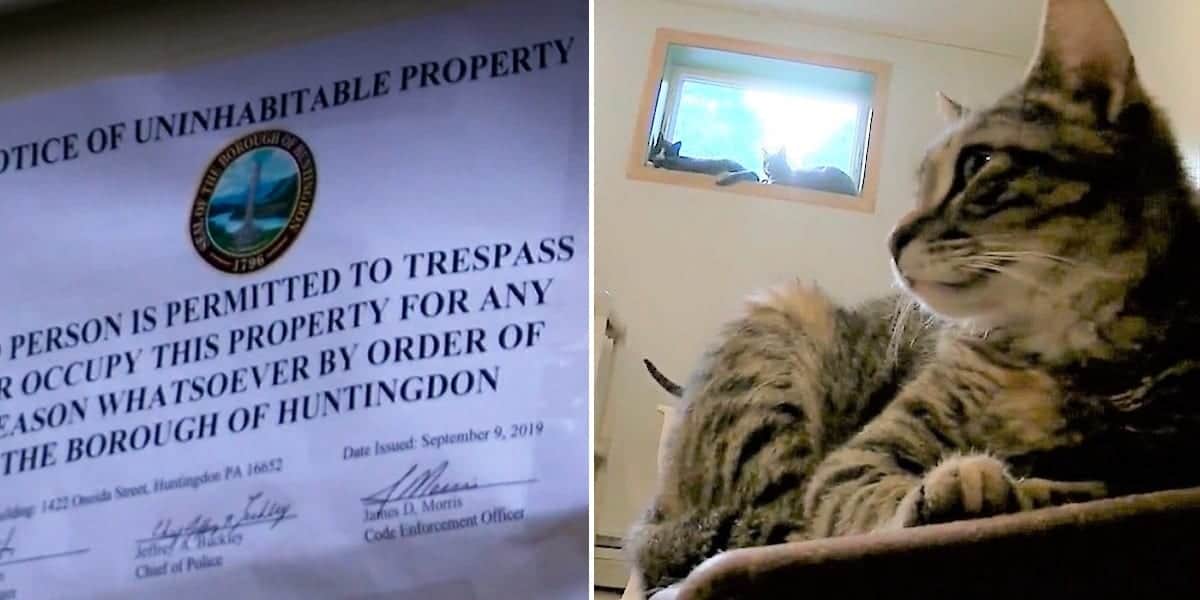





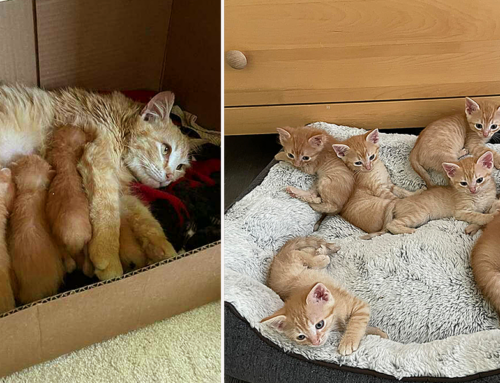

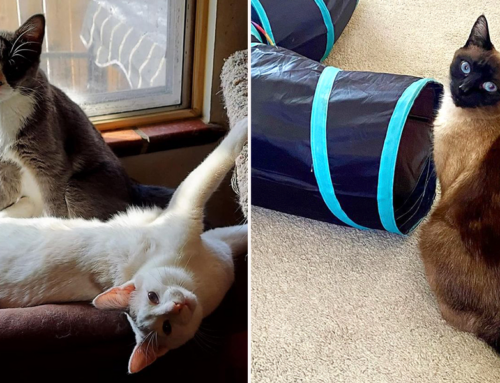
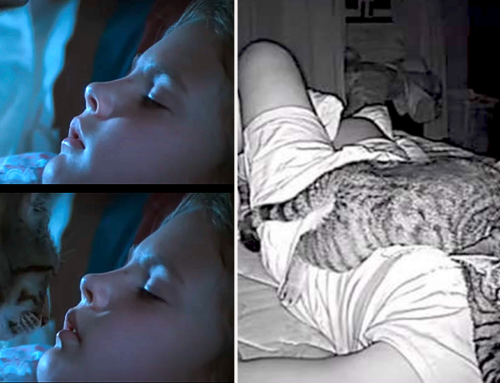

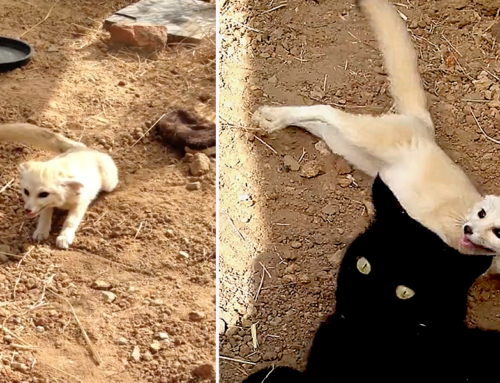
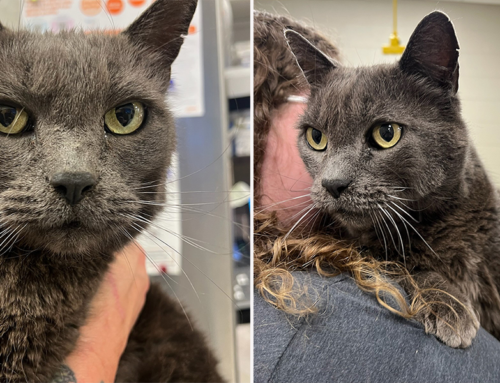
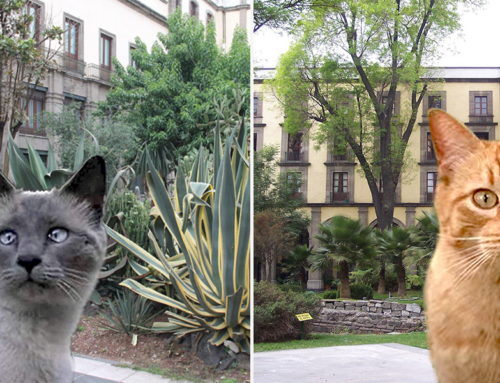
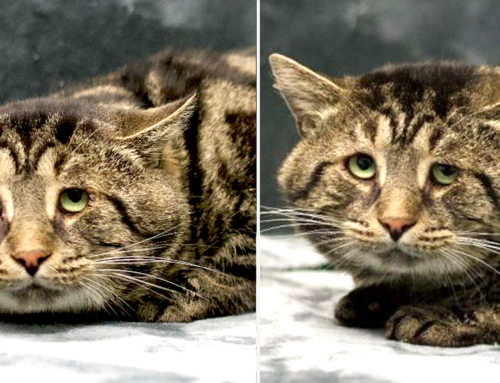
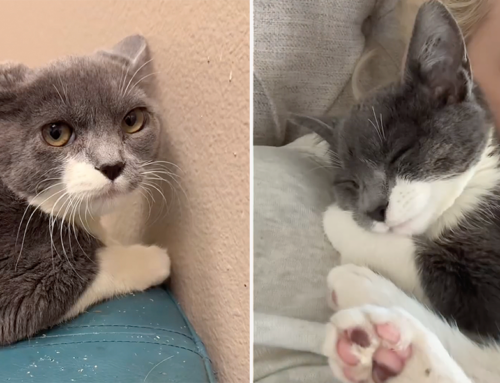
I rescued one of my cats from a similar situation. I found out later it was an animal hoarder disguised as a ‘rescue’ group. She guaranteed that he was healthy and that his swollen eye was just a corneal scratch. I took him to my vet and $250 later I found out he had a severe URI, a 103.0 degree fever and a herpes eye infection. I called the woman right away and she told me she would take him back! NO WAY I was going to do that!
A few weeks later, she was calling me up, desperately asking me to take one of his litter mates. I sadly couldn’t as my other two cats were still adjusting to him and bringing in another strange cat would of caused chaos. She kept calling and then stopped. Later on, her phone was disconnected. I wonder to this day what happened to the other cats in her hoard and what their fate may of been.
Thank you for all the great stories you send out & the work you do to help stray, neglected & abused cats. We never would have known about you if it weren’t for Cole & Marm so thanks to them as well. Thanks, prayers & blessings your way!
Our pleasure <3
The shelter has published an update on their Facebook page. The pregnant mama went into labor after being rescued but none of the four kittens survived.